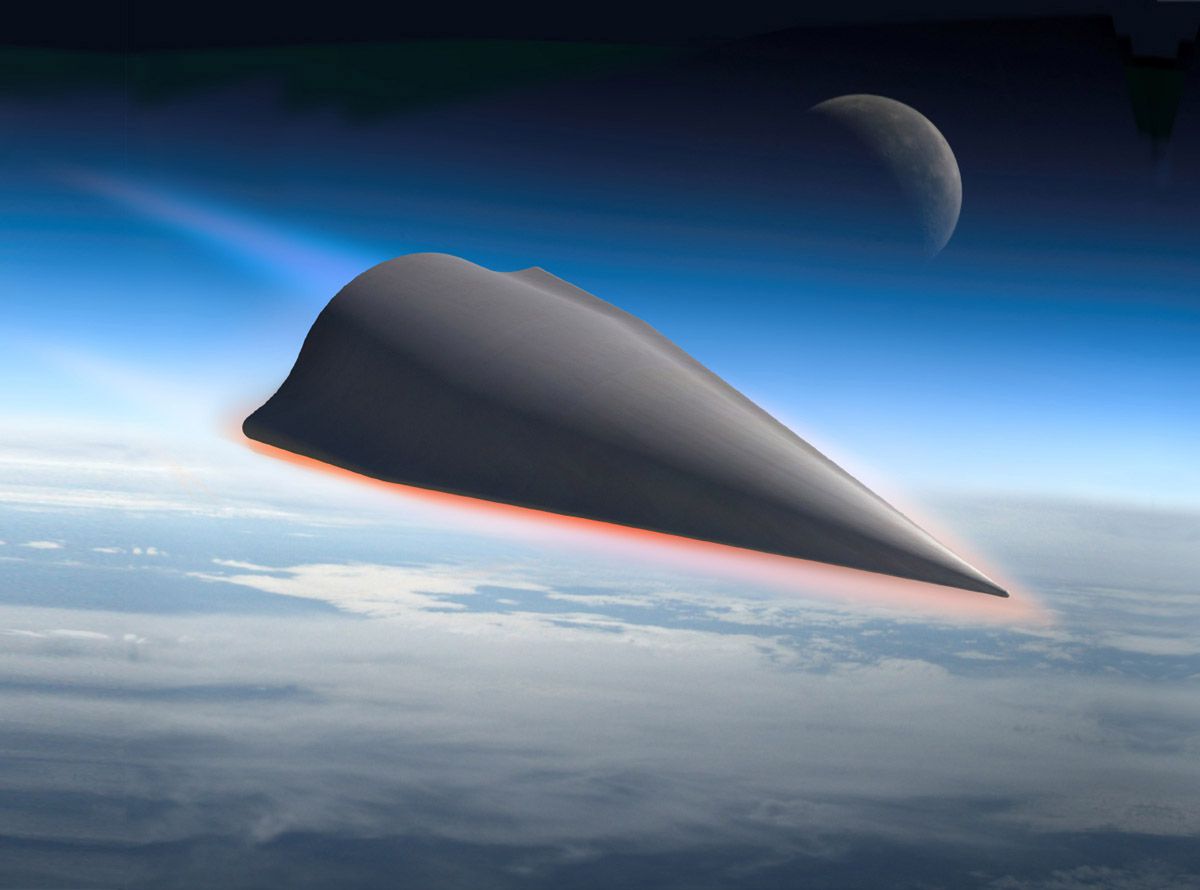
Blog
-
Geiger Readings for July 03, 2016
Ambient office = 87 nanosieverts per hourAmbient outside = 74 nanosieverts per hourSoil exposed to rain water = 72 nanosieverts per hourRedleaf lettuce from Central Market = 44 nanosieverts per hourTap water = 84 nanosieverts per hourFiltered water = 73 nanosieverts per hour -
Geiger Readings for July 02, 2016
Ambient office = 122 nanosieverts per hourAmbient outside = 93 nanosieverts per hourSoil exposed to rain water = 82 nanosieverts per hourCrimini mushroom from Central Market = 107 nanosieverts per hourTap water = 94 nanosieverts per hourFiltered water = 73 nanosieverts per hourSockeye salmon – Caught in USA = 110 nanosieverts per hour -
Nuclear Reactors 383 – Four Major U.K. Labor Unions Send Letter To EDF Urging The French Utility To Sign The Contracts For Hinkley Point C Project
I am going to continue my coverage of the impact of the Brexit on the Hinkley Point C nuclear project with respect to internal British politics. Major labor unions in Britain are highly supportive of the project. Some commentators say that the commitment to the completion of Hinkley Point C is a test of the ability of Britain to continue with important national infrastructure projects in the light of its exit from the European Union.
The GMB union in the U.K. was formed in 1982 from the General Municipal, Boilermakers and Allied Trade Union and has about six hundred thousand members. The Prospect union was formed in 2001 for engineering, scientific, management and professional workers. It has about a hundred and twenty thousand workers. Unite the Union was formed in 2007 with a merger between the Amicus union and TGWU unions and has about one million four hundred thousand members. The Union of Construction of Allied Trades and Technicians. (UCATT) union was formed in 1971 and has about one hundred and thirty thousand members. Together, these four unions represent about two and a quarter million workers. Workers from these four unions are involved in the Hinkley Point C construction project .
Representatives of these four British unions have written a letter to the CEO of the EDF, the French company that is in contractual negotiations to build two of the new European Pressurized Reactors at the Hinkley Point nuclear power plant in Britain. Due to financial difficulties and technical problems, EDF has not yet signed the final contracts for the project. The gist of the letter was that it was critical for EDF to sign the twenty four billion dollar contract for Hinkley Point C in order to prove that the Brexit would not significantly damage the economy of the United Kingdom. In the letter, the union representatives said, “Nuclear new build is already behind the curve. We cannot afford further delay and it is vital for EDF to make a final investment decision now.”
The U.K. is going to be closing all coal fired power plants by 2025 as part of its efforts to mitigate climate change. Coal currently represents about twenty three percent of U.K. electrical generation capacity. In addition, about half of the fifteen operating nuclear power reactors will be retired by 2025 as they reach the end of their licensed life span. Nuclear power currently provided about twenty percent of the electricity in Britain so that represents a loss of about ten percent of U.K. power generation. Together, the U.K. will lose about thirty percent of its current electricity generating plants by 2025. The unions which sent the letter to the EDF point out that Hinkley Point C could provide about twenty percent of the electricity that the U.K. will lose due to the closing of the nuclear and coal plants by 2025.
The union representatives said that the completion of the Hinkley Point C project was important because of the economic benefits that would result for the U.K., the work provided for union members and to help fight climate change. They also said that, “The UK must have a balanced, low carbon energy mix including renewables, gas and nuclear power if we are to keep the lights on, our homes heated and the economy functioning.”
Representatives of EDF have stated that EDF remains committed to the Hinkley Point C project following the Brexit and that the Brexit will have no effect on whether or not EDF chooses to sign the final Hinkley Point C contract.
-
Geiger Readings for July 01, 2016
Ambient office = 70 nanosieverts per hourAmbient outside = 94 nanosieverts per hourSoil exposed to rain water = 89 nanosieverts per hourDanjou pear from Central Market = 80 nanosieverts per hourTap water = 75 nanosieverts per hourFiltered water = 52 nanosieverts per hour -
Nuclear Weapons 209 – Russians Working On Hypersonic Nuclear Reentry Vehicles
I have been blogging lately about the threat of nuclear war. In the past few years, Russia has flown nuclear bombers through the airspaces of other countries and sailed nuclear submarines through the territorial waters of other countries. The Russian seizure of the Crimea and its support of rebels in eastern Ukraine have caused NATO and the U.S. to move troops and missiles into eastern European members of NATO in response. Russia has threatened to use tactical nuclear weapons against NATO if it is losing a conventional war in eastern Europe. Russia has mentioned the possibility of using nuclear warheads on cruise missiles in Syria if necessary to support the Assad regime. The U.S. and Russia have both been upgrading their nuclear arsenals as diplomatic relations between the two countries have been deteriorating even though some projects on both sides violate treaties on nuclear disarmament.
Russia, China and the U.S. have been working for decades of a technology called “boost glide.” The basic idea is to use aerodynamic design to give warhead carrying air vehicles the ability to skip or glide through the upper atmosphere during reentry after launch into space to extend their ranges and give them maneuverability. The acronym MARV (maneuverable reentry vehicles) has been used for these vehicles. They are also referred to as “hypersonic” aircraft because they move at air speeds over five times the speed of sound or over Mach five. The Russian is making the development of these hypersonic aircraft a priority for its national defense strategy.
The Russians have been working for several years on the Yu-71 hypersonic MARV. It has a speed of seven thousand miles per hour. It has been successfully tested at least four times according to reports. It is claimed that this warhead platform is so fast and maneuverable that it should be able to penetrate the existing missile defenses of NATO. This means that it is possible that Russia would be able to deliver multiple nuclear warheads to a target with the launch of a single missile carrying Yu-71 vehicles. The Russians are developing the Sarmat intercontinental ballistic missile to carry up to twenty four of the Yu-71 nuclear warhead gliders. It is believed that Russia will be able to deploy Sarmat missiles with Yu-71 gliders by 2025.
It has been recently reported on a Russian website that Russia is working on a new hypersonic nuclear glider called the Yu-74. The new nuclear glider is supposed to be able to travel at speeds of up to seven thousand six hundred and eighty miles per hour. It would have the same ability as its predecessor, the Yu-71, to penetrate NATO missiles defense shields. It would also be carried by the new Sarmat missiles under development.
NATO is in the process of deploying a missile defense shield that will reach from Greenland all the way to the Azores islands. The Russians have been complaining that this missile shield upsets the strategic balance between Russia and NATO. The Yu series nuclear gliders and the Sarmat missiles are obviously the Russian counter move against the new missile shield.
Artist’s Concept of a Yu-71 MARV:
-
Geiger Readings for June 30, 2016
Ambient office = 129 nanosieverts per hourAmbient outside = 115 nanosieverts per hourSoil exposed to rain water = 94 nanosieverts per hourCelery from Central Market = 97 nanosieverts per hourTap water = 93 nanosieverts per hourFiltered water = 85 nanosieverts per hour -
Nuclear Reactors 382 – Will The Brexit Doom The British Hinkley Point C Nuclear Power Project
I have often mentioned the British Hinkley Point C nuclear power project in this blog. The French utility company EDF intends to build two of the new European Pressurized Reactors at the Hinkley Point nuclear power plant in Britain with the help of Chinese investors. Currently, EDF is struggling with financial problems and the final signing of contracts for the project has been repeatedly delayed.
The reason for my focus on this project is that it involves many of the problems that may be encountered in major nuclear power projects. Also, the project and its problems are evolving in real time so there is always more to be reported about the project. Now, with the Brexit that has just been approved by the U.K. voters, some analysts think that the whole Hinkley Point C project may be doomed.
Considering the serious financial problems of EDF and the fact that the Brexit means that the U.K. is no longer part of the European Union, EDF may decide that it has good reasons not to invest in Hinkley Point C. Also, in reaction to the Brexit, the value of the pound sterling has already fallen ten percent and this would raise the projected cost of the project to the British beyond the already bloated current level.
On the other hand, EDF has issued a statement to the effect that the Brexit will have no effect on their commitment to the Hinkley Point C project. The CEO of EDF said that the Brexit would have no effect on the strategy of EDF and its U.K. subsidiary. He claimed that the question of Britain’s membership in the E.U. was unconnected to EDF’s business strategy so there was no reason for them to change their plans just because the U.K. left the E.U.
With regard to the supporters of the exit from the E.U., the EDF CEO pointed out that a major figure in the campaign for the Brexit had publically stated that the U.K. should continue to work to lower carbon emissions, that nuclear power should be part of the solution to climate change and that the Hinkley Point C project should be completed. In addition, a representative of the U.K. Department for Energy and Climate Change said that ” We are fully confident that Hinkley Point C will go ahead.”
French labor unions have had their own issues with the Hinkley Point C project. The French unions that would be part of the project have demanded that EDF put off signing the final contract for Hinkley Point C until AREVA, the French reactor construction firm completes a similar EPR reactor project in France. They also want EDF to seriously improve its financial situation before taking on Hinkley Point C. A GT union spokesperson in France says that the uncertainty introduced by the Brexit is another good reason to delay a final decision on Hinkely Point C.
Some analysts think that the Brexit offers all parties involved in the Hinkley Point C a good excuse to withdraw from the troubled project. Regardless of the Brexit, the Hinkley Point C project was a bad idea and all the problems that have arisen have served to reinforce that point.
Artist’s concept of Hinkley Point C:






